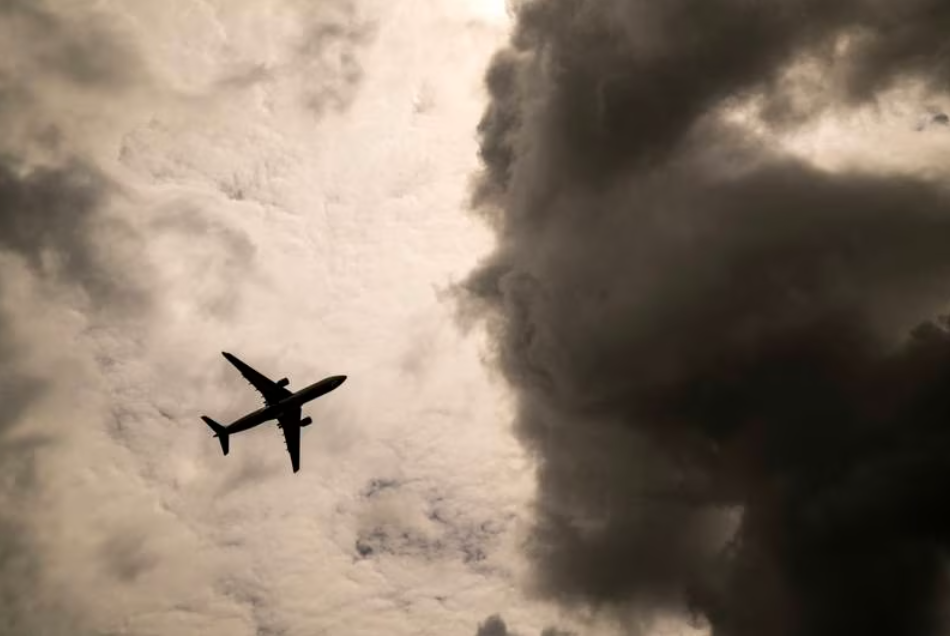
According to a study published in Geophysical Research Letters, flight turbulence has grown as the earth has warmed due to climate change. Scientists at Reading University in the United Kingdom investigated clear-air turbulence, which is more difficult for pilots to avoid. They discovered that severe turbulence increased by 55% on a typical North Atlantic flight between 1979 and 2020. They attribute the increase to variations in wind speed at high altitudes caused by warmer air caused by carbon emissions.
“Following a decade of research showing that climate change will increase clear-air turbulence in the future, we now have evidence suggesting that the increase has already begun,” said Prof Paul Williams, an atmospheric scientist at the University of Reading who co-authored the study.
“We should be investing in improved turbulence forecasting and detection systems, to prevent the rougher air from translating into bumpier flights in the coming decades.”
Flight routes in the United States and the North Atlantic experienced the greatest growth. Turbulence increased significantly throughout Europe, the Middle East, and the South Atlantic.
Causes, safety measures, and financial implications
Prof Williams explained that the higher turbulence was caused by more wind shear – or changes in wind speed – in the jet stream, which is a strong wind system that blows from west to east roughly five to seven miles above the Earth’s surface. It exists mostly owing to temperature differences between the world’s equator and poles.
While satellites cannot observe turbulence, they can see the structure and shape of the jet stream, which allows for analysis. Storm turbulence can be picked up by radar, while clear-air turbulence is nearly imperceptible and difficult to detect. Turbulent flights are not only unpleasant, but they can also result in injury to everyone aboard. Severe turbulence is quite unusual, but clear-air turbulence can occur unexpectedly when passengers are not buckled in.
“Nobody should stop flying because they’re afraid of turbulence, but it is sensible to keep your seat belt fastened all the time unless you’re moving around, which is what the pilots do,” said Prof Williams. “That is almost a guarantee that you will be safe even in the worst turbulence.”
There are also financial ramifications. According to the study, the airline sector loses between $150 million (£120 million) and $500 million (£400 million) every year owing to the consequences of turbulence, including aircraft wear and tear. It also has an environmental cost because pilots use more fuel to avoid it.
